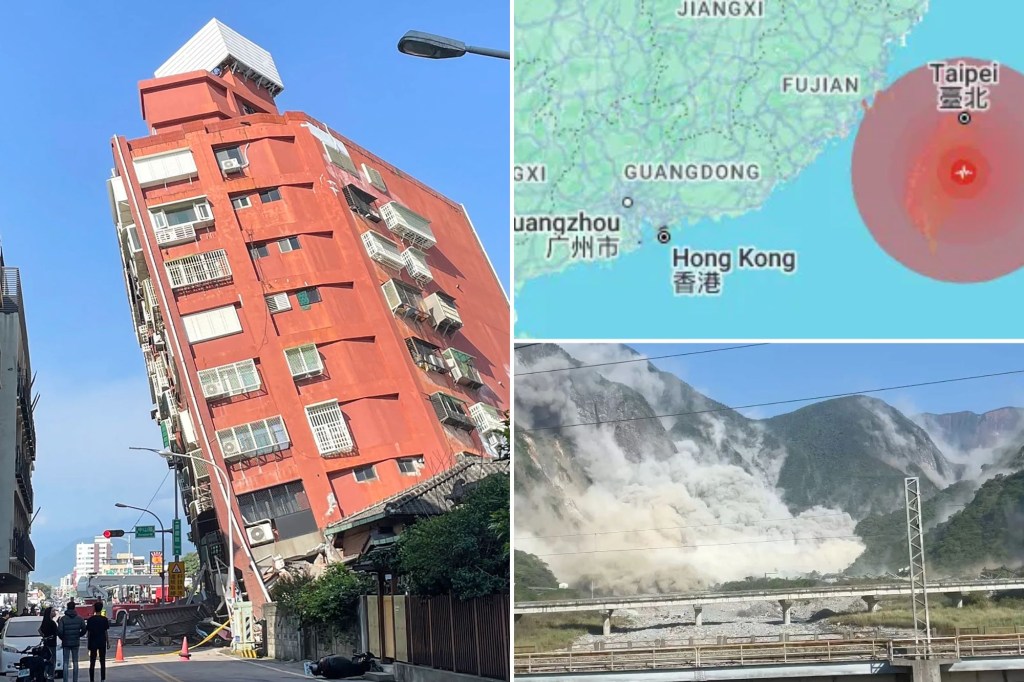On April 3, 2024, Taiwan was rocked by a devastating 7.4 magnitude earthquake that caused buildings to shake and collapse. The earthquake primarily affected the eastern coast of Taiwan, causing significant damage to structures in cities like Hualien and New Taipei City. Many buildings were left partially collapsed or completely destroyed, leading to a massive rescue effort by residents and emergency services to save those trapped under the rubble. The intense shaking also triggered landslides in some areas, adding to the chaos and destruction caused by the earthquake.
In the aftermath of the earthquake, images of damaged buildings and rescue efforts emerged, showing the extent of the devastation caused by the natural disaster. Residents were seen searching through debris to find survivors, while emergency responders worked tirelessly to evacuate affected areas and provide medical assistance to those injured in the quake. The intense impact of the earthquake was evident in the scenes of destruction and chaos that unfolded in the affected regions, highlighting the urgent need for aid and support for those affected by the disaster.
The earthquake also triggered tsunami warnings in some areas, prompting evacuations as a precautionary measure to protect residents from potential flooding and further damage. In Okinawa Prefecture, disaster prevention and crisis management teams were on high alert, coordinating evacuations and response efforts to ensure the safety of residents in coastal areas. The threat of tsunamis added another layer of urgency to the already dire situation caused by the earthquake, requiring quick and decisive actions to mitigate the impact of the natural disaster on vulnerable communities.
The Central Weather Administration of Taiwan provided real-time updates and data on the earthquake, including intensity maps and information on the epicenter and magnitude of the quake. These updates were crucial in helping residents and authorities understand the scope of the disaster and make informed decisions about response and rescue efforts in the affected areas. The timely and accurate information provided by the weather administration was essential in coordinating emergency response efforts and ensuring the safety and well-being of those affected by the earthquake.
The earthquake struck with such force that even buildings in urban areas like New Taipei City were not spared from damage, with debris falling from structures and causing additional hazards for residents and emergency responders. The sheer intensity of the quake and its aftershocks made it challenging for authorities to assess the full extent of the damage and coordinate rescue efforts effectively. The widespread destruction caused by the earthquake underscored the importance of preparedness and resilience in the face of natural disasters, as communities grappled with the aftermath of the devastating event.
As Taiwan began the arduous task of recovery and rebuilding in the wake of the earthquake, the resilience and solidarity of its people were on full display. Communities came together to support one another, offering aid and assistance to those in need and showing their strength and determination in the face of adversity. The road to recovery would be long and challenging, but with perseverance and unity, Taiwan would rebuild and emerge stronger from the devastation caused by the earthquake. The disaster served as a stark reminder of the unpredictable and destructive power of nature, prompting a renewed focus on disaster preparedness and mitigation efforts to protect lives and property in the face of future natural disasters.


